This German city is described as ‘Florence on the Elbe’ – but does it live up to the claim?
With bedazzling Baroque architecture and some of the best museums on the continent, underrated Dresden is a dark horse for a European city break, says Vicky Smith
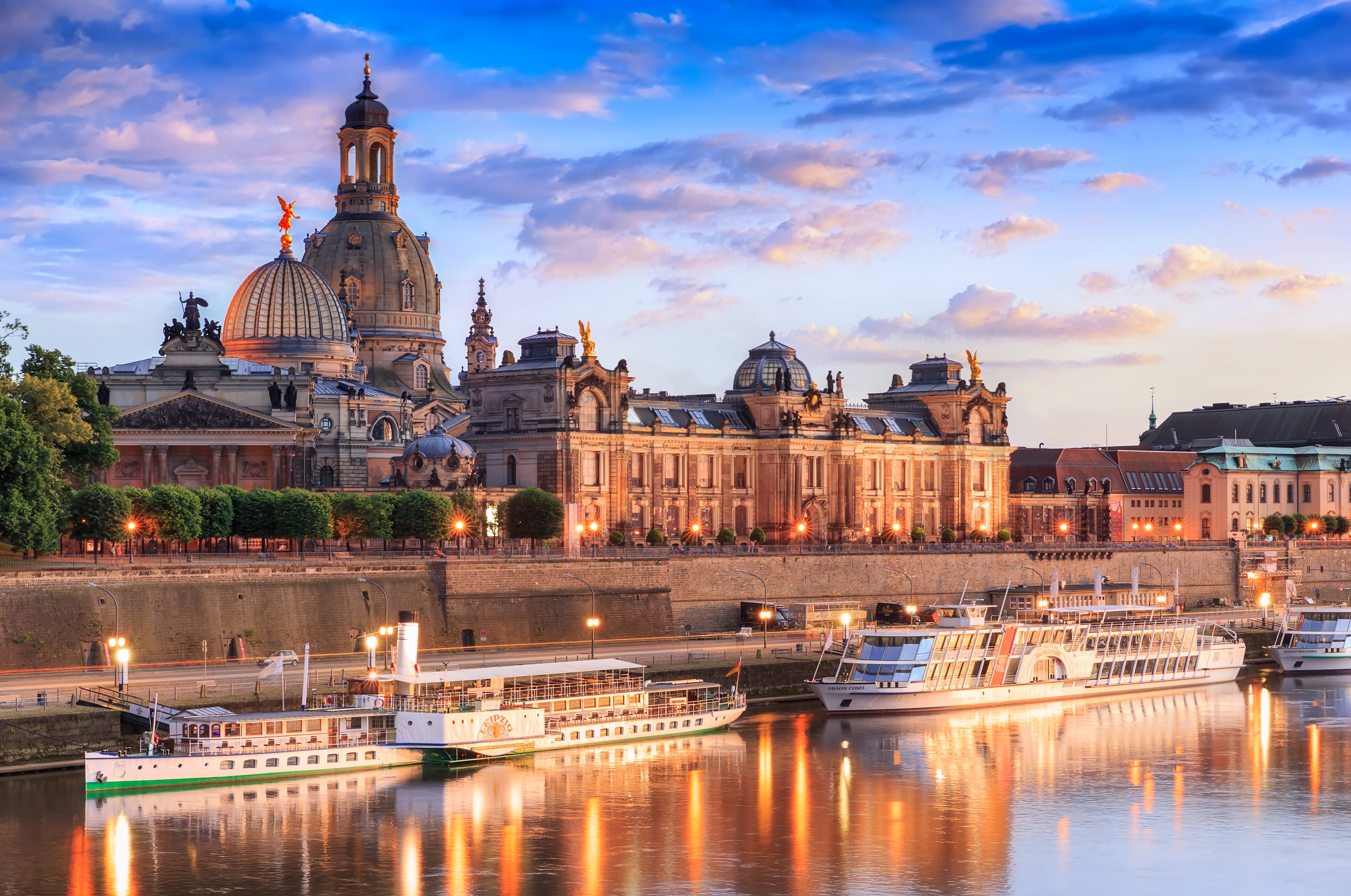
Your support helps us to tell the story
From reproductive rights to climate change to Big Tech, The Independent is on the ground when the story is developing. Whether it's investigating the financials of Elon Musk's pro-Trump PAC or producing our latest documentary, 'The A Word', which shines a light on the American women fighting for reproductive rights, we know how important it is to parse out the facts from the messaging.
At such a critical moment in US history, we need reporters on the ground. Your donation allows us to keep sending journalists to speak to both sides of the story.
The Independent is trusted by Americans across the entire political spectrum. And unlike many other quality news outlets, we choose not to lock Americans out of our reporting and analysis with paywalls. We believe quality journalism should be available to everyone, paid for by those who can afford it.
Your support makes all the difference.Standing on Dresden’s 19th-century Albert Bridge, I gaze across a skyline of Baroque grandeur: domes tiered like wedding cakes, triumphant spires, a gilded angel trumpeting into the morning haze. It’s easy to see why the nephew of Venetian painter Canaletto – also a talented landscape artist, who sneakily shared his uncle’s moniker – loved painting Dresden. The city’s huge Canaletto Festival nods to this and is one of countless events in the lively Saxon capital, which incidentally hosts a Venetian carnival, too.
Dresden is often nicknamed “Florence on the Elbe” for its lavish architecture and riverside setting. I can see why, especially as both cities promise world-class culture, but I can’t help but think that Dresden is actually more impressive considering it was largely destroyed during the Second World War. Darkened by sandstone oxidation, many landmarks look old but were actually rebuilt in the last few decades, and the Royal Palace’s reconstruction is still ongoing.
Walking around with this knowledge, I feel great fondness for this eastern German underdog, whose tumultuous history additionally includes being part of the German Democratic Republic. From the buzzy New Town, with its arthouse cinemas and wafts of shisha, to the splendour of the Old Town across the Elbe river, Dresden truly has its mojo back – and it’s a delight to experience.
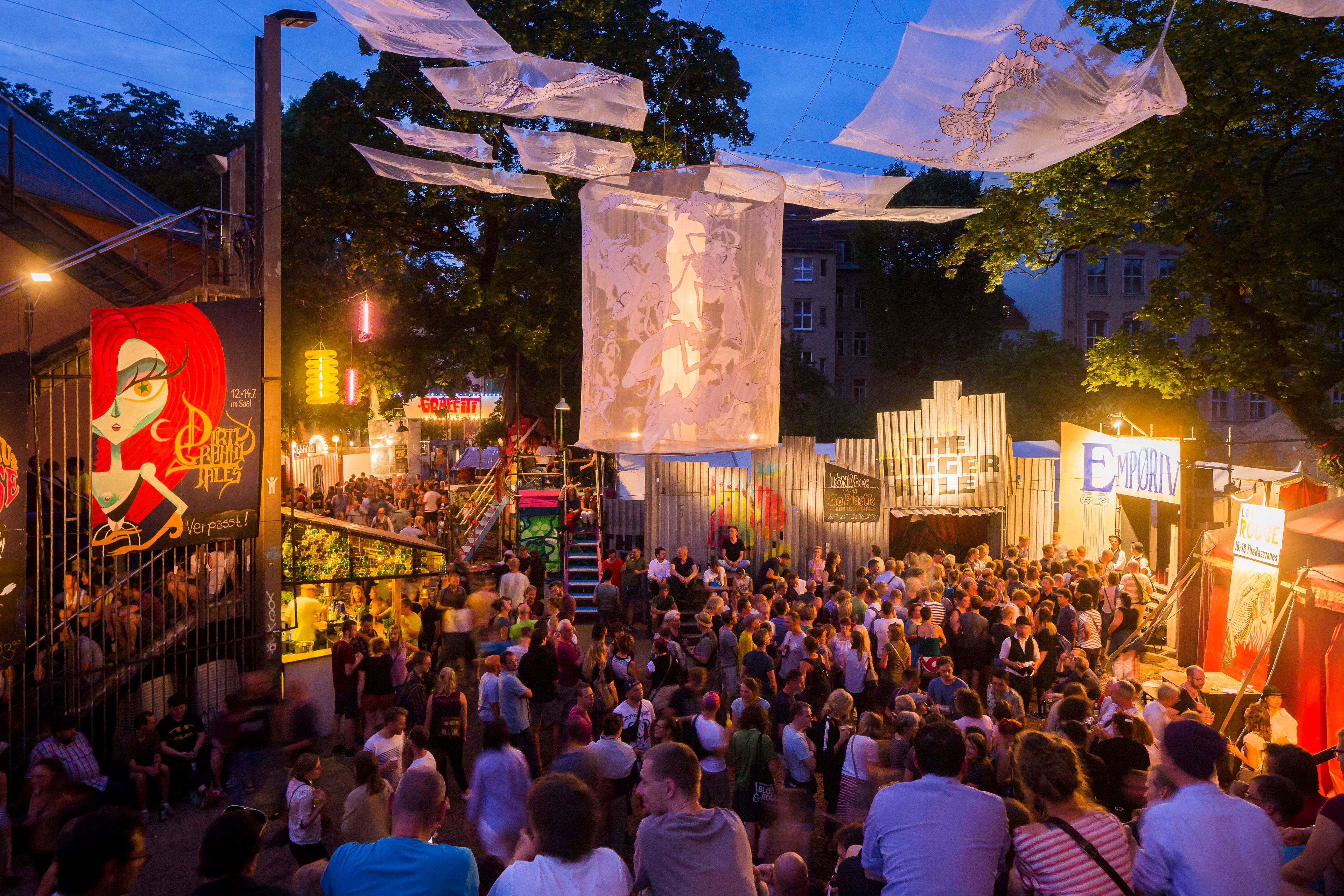
Read more: These lesser-known Bavaria towns are even better than Munich
What to do
Marvel at the museums
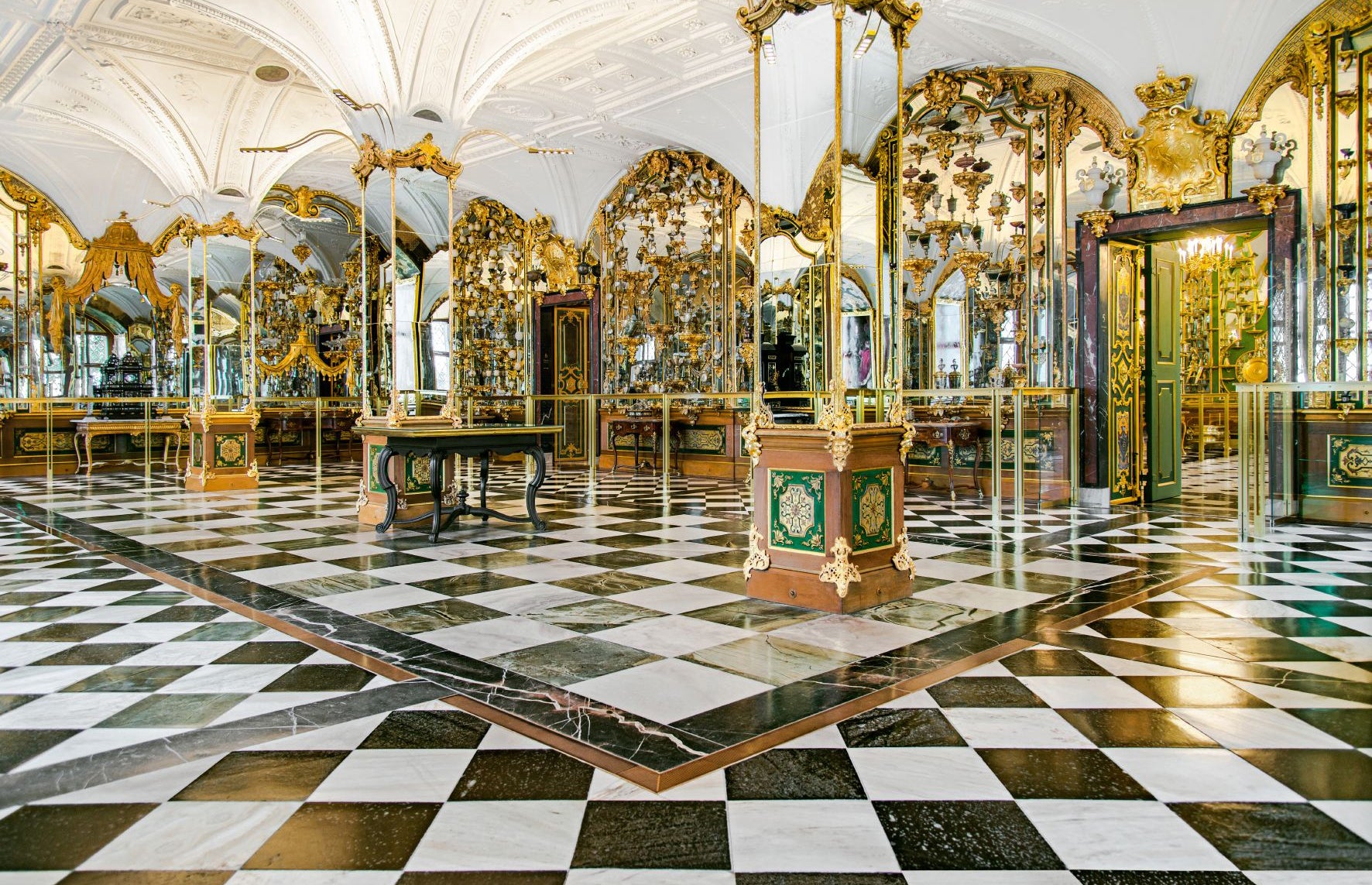
Alongside Baroque architecture, Dresden’s outstanding museums are its top visitor draw. The city’s sprawling Royal Palace boasts Europe’s largest treasure collection (famously the focus of a £98m heist in 2019), while the collections in other heavyweights, the Zwinger and Albertinum, range from priceless porcelain to works by Romantic landscape painter Caspar David Friedrich. Smaller and offbeat cultural venues abound too, spanning Saxon folk art to puppets.
If you’re planning to visit multiple museums, it’s worth buying one of Dresden’s Welcome Cards; the MuseumsCard, for example, includes 27 museums over two days for just €35 (£29).
Take the bus
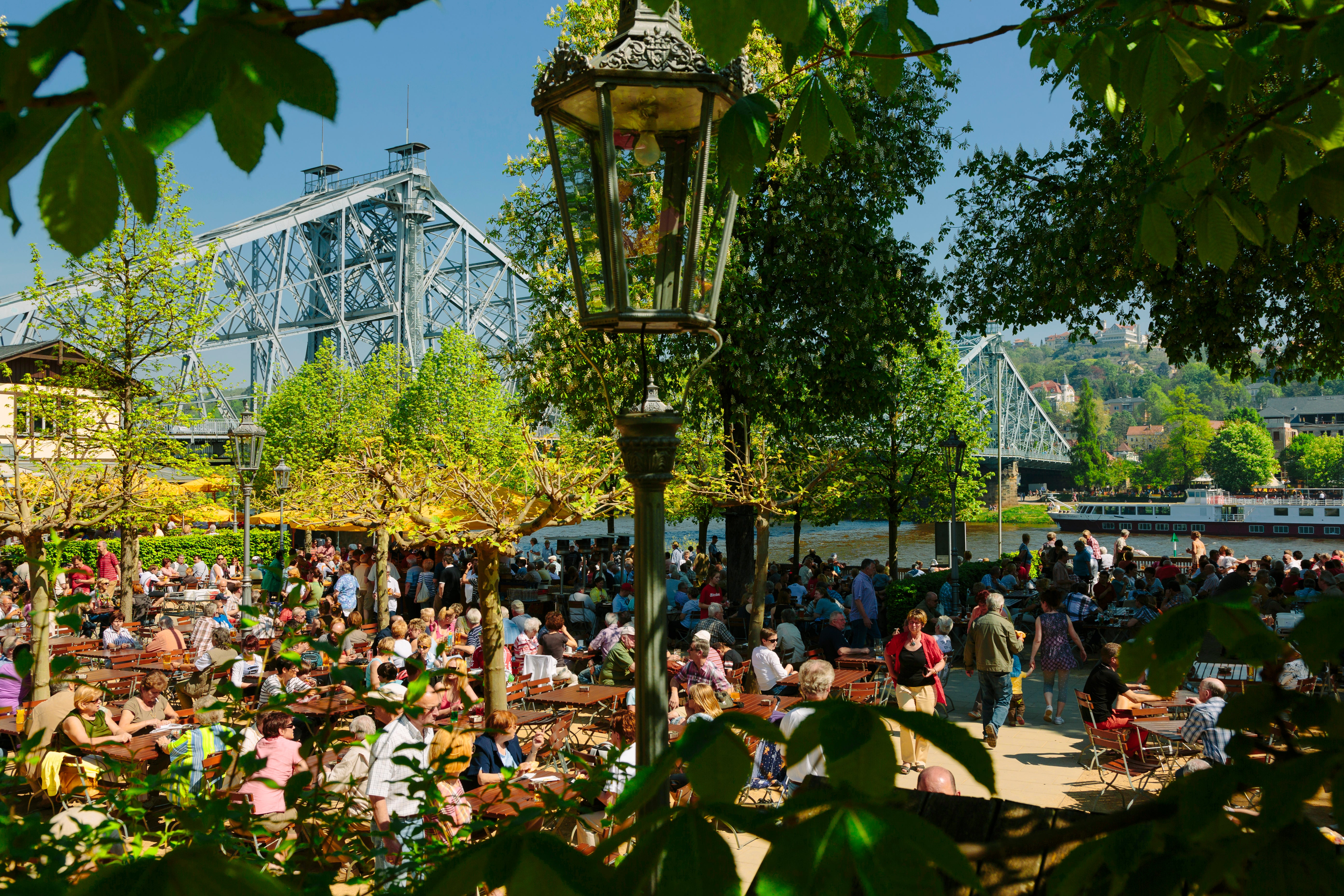
Hop-on-hop-off buses are a handy way to see a city’s landmarks and often cover some lesser-known spots too. Stadtrundfahrten’s sightseeing bus takes in 22 stops: with highlights including Pfunds Dairy, a 19th-century shop covered with exquisite hand-painted tiles in New Town, and Loschwitz, a storybook suburb of timbered houses beside the “Blue Wonder” bridge; you’ll also find two funiculars here as well, including the unusual Dresden Suspension Railway.
Stadtrundfahrt also throws in a short walking tour of Dresden’s Old Town, featuring jewels like the Procession of Princes – a spectacular mural of Saxon rulers, made with over 24,000 Meissen porcelain tiles – and the Church of Our Lady, a beloved Baroque confection that now stands as a symbol of peace.
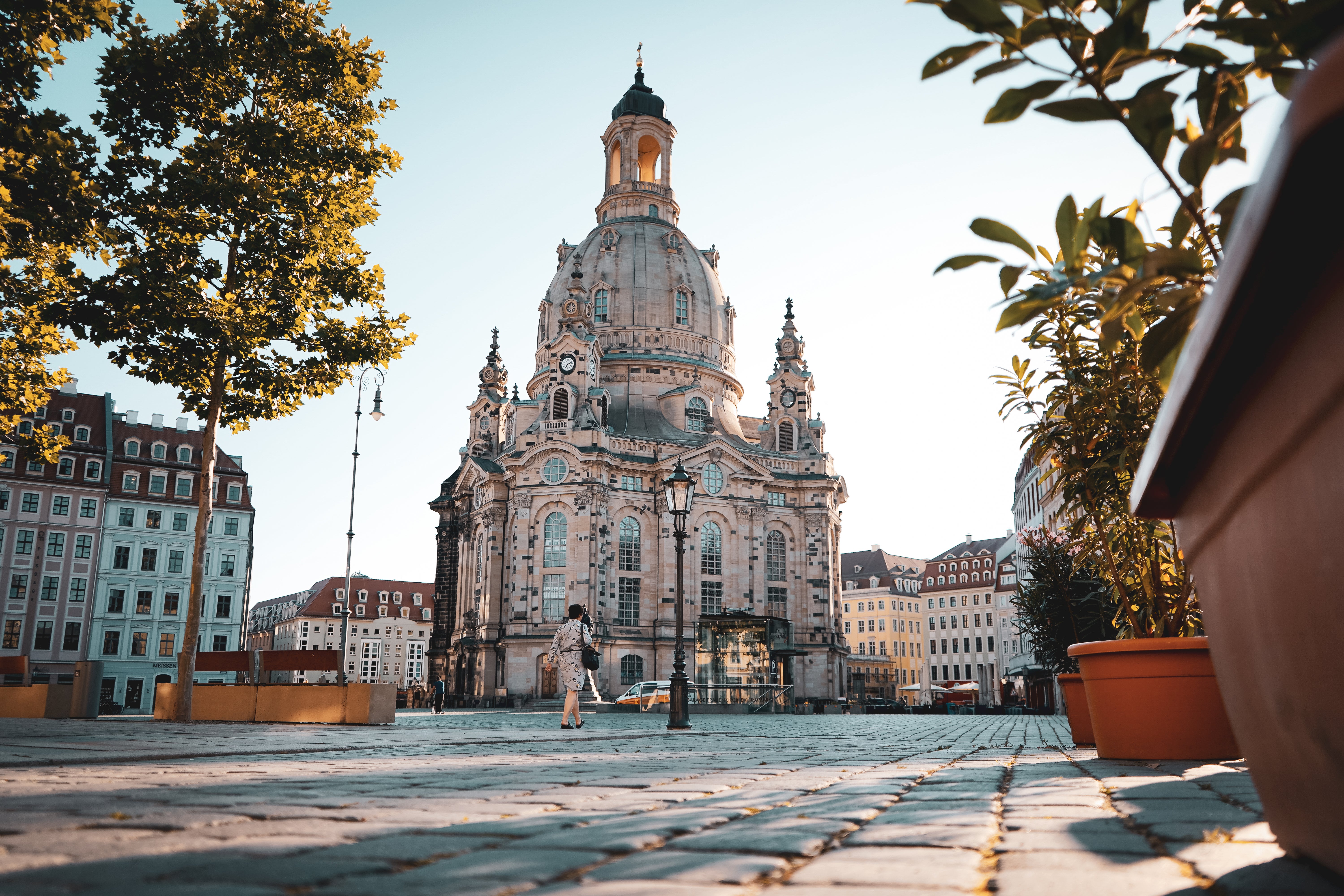
Go further afield
There’s lots to explore across wider Saxony if you have the time – from the sandstone needles of Saxon Switzerland, whose dramatic beauty so bewitched painter Caspar David Friedrich, to the woodcarving tradition of the Ore Mountains, famed for its nutcracker figures. Closer to Dresden, the Elbland region serves up attractions like picture-postcard Meissen, renowned for its namesake porcelain, and even a “wine hiking trail” through scenic vineyards (naturally you can enjoy a tipple or two along the way).
If you fancy something more relaxing, Dresden’s treasured ‘White Fleet’ of 19th-century steamships offers various trips out of the city, with the added bonus of a picturesque cruise along the Elbe. Several other companies sell excursions , including the above-mentioned Stadtrundfahrt.
Read more: Inside the ‘boring’ German city that is actually a cultural marvel
Where to stay
Aparthotel Am Schloss
This popular aparthotel is centrally located and comfortable, with chic interiors and excellent amenities. There’s a rooftop terrace, and even onsite parking available for those who need it. Options range from a two-bed studio to an apartment that sleeps six, making it ideal for families and larger groups, and kitchen facilities mean you can self-cater if preferred.
Hotel Schloss Eckberg
Slightly further out and 15 minutes by tram to Dresden’s Old Town, this hotel is one for those who like a wow factor. Set in 15 hectares of parkland, the main Tudor-style castle building perches spectacularly on the banks of the Elbe, while the Cavalier’s House – a more modern annex – hosts further rooms, plus amenities like a fitness room and saunas. The restaurant serves a buffet breakfast, through to pastries and dinner, and there’s parking, too.
Relais & Chateaux Bülow Palais
This family-owned institution is part of the luxury Relais & Chateaux group thanks to its five-star lodgings. Three saunas, a gym, massages and beauty treatments are all available, along with touches like fresh fruit and ridiculously comfy beds. The lauded onsite restaurant is quite pricey, but it’s just a 15-minute stroll into the Old Town if you want to dine out instead.
Read more: The best Christmas markets in Germany
Where to eat
lila Sosse
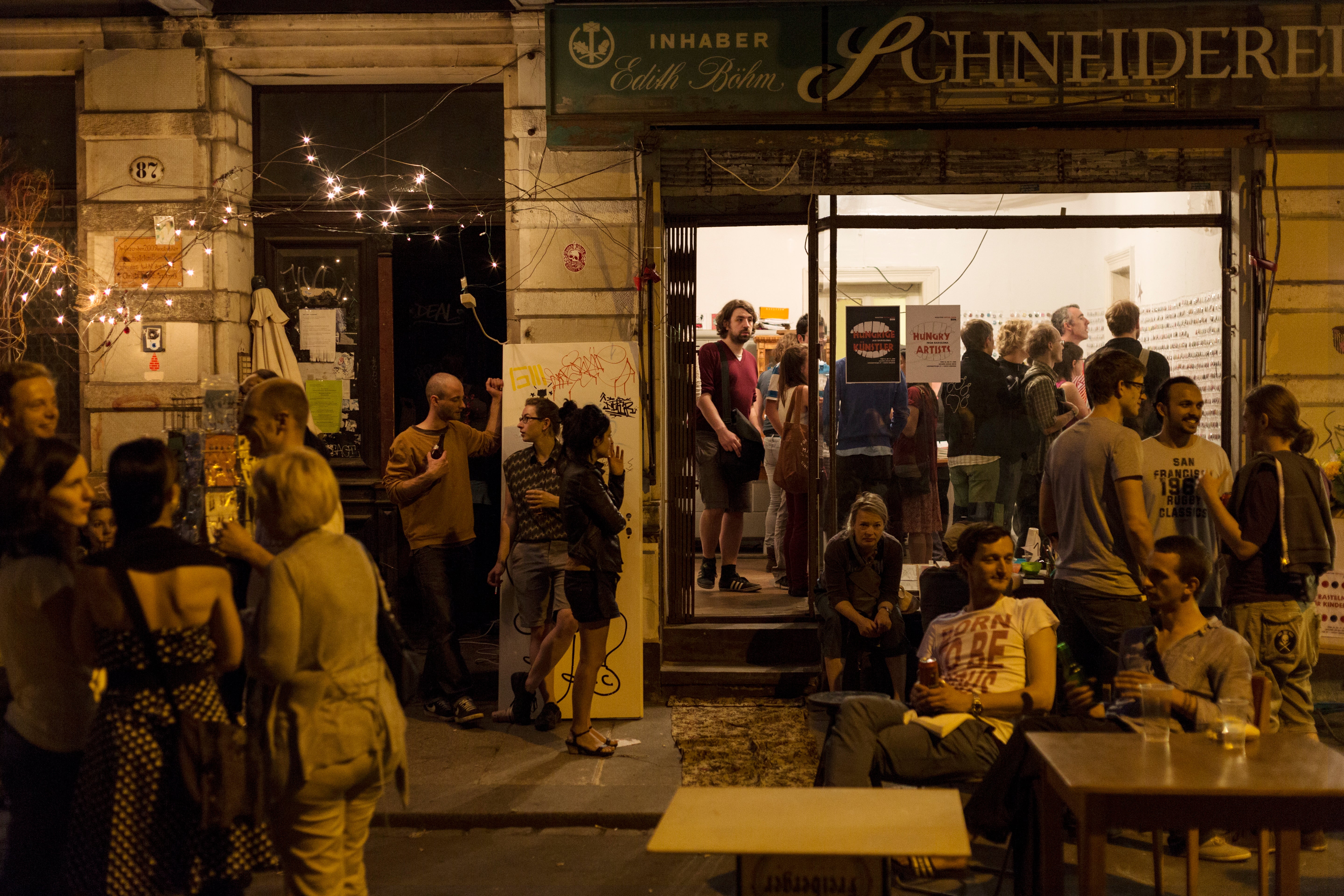
It’s hard to find a nicer location than lila Sosse. Located in the New Town’s Art Courtyard Passage, a little nexus of decorated buildings and cobbled courtyards filled with galleries and eateries, this restaurant has an unusual concept of serving food in jars. You might assume it’s a little pretentious, but you’d be wrong – expect unfussy vibes and dishes like käsespätzle (a German cheesy pasta) and herring salad.
Sophienkeller
Underneath the streets of Dresden’s Old Town, Sophienkeller serves up hearty fare in a tardis-like series of candlelit vaults. The interior is a visual spectacle, spanning carnival tents to skeleton carousels, while traditionally dressed waiting staff and huge wooden tables evoke a medieval banquet hall. Don’t leave without sampling a slice of eierschecke, a local sweet treat with layers of cake, cheesecake and vanilla custard.
Lohrmanns Brew
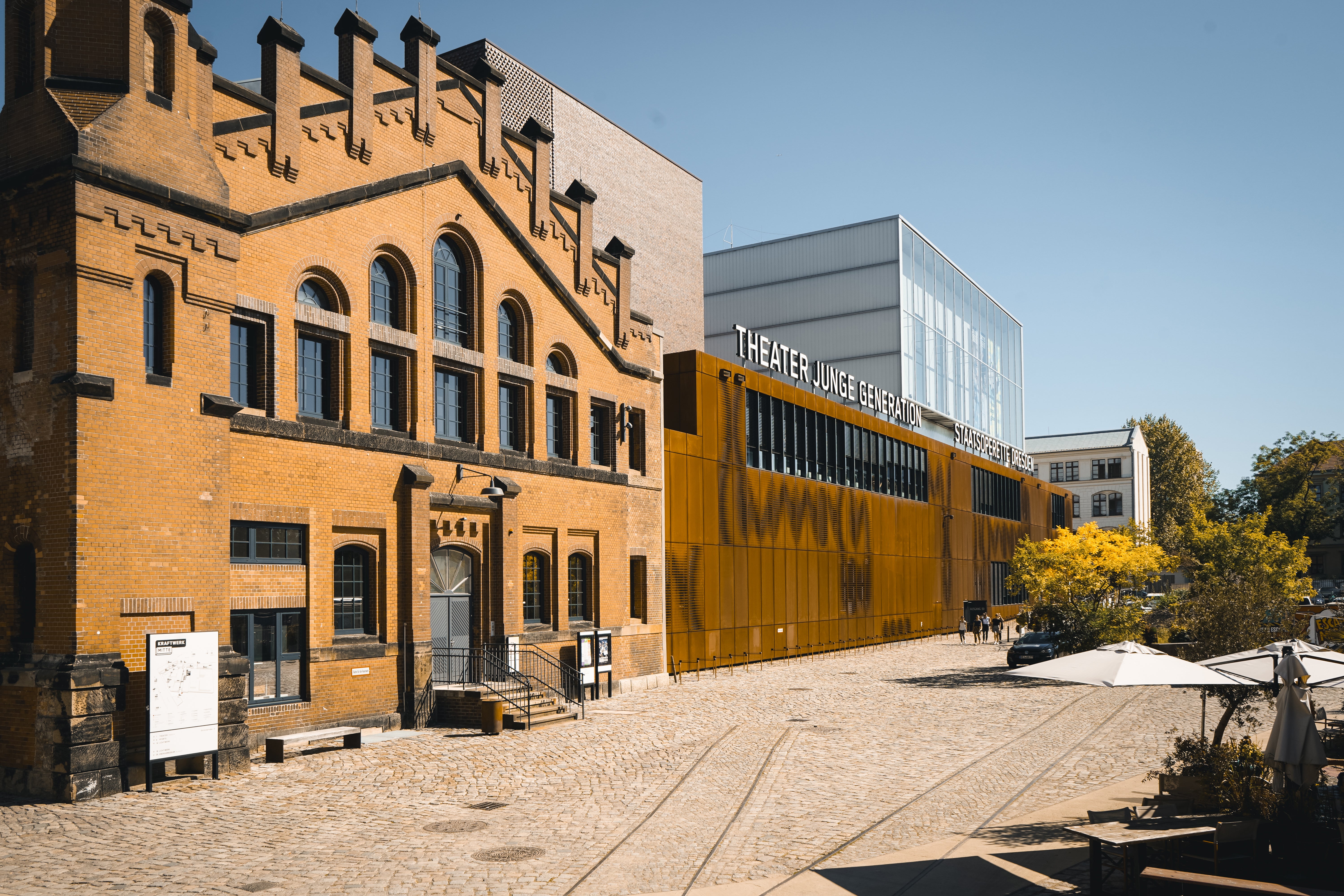
Founded by two chemistry professors who decided to start making beer with their (no doubt obliging) students, Lohrmanns Brew was Germany’s “first university brewery”. Its recently opened restaurant offers simple but quality classics – such as beef tartare or brownies – alongside an ever-changing roster of craft beers. You’ll find Lohrmanns in Kraftwerk Mitte, a trendy dining and cultural venue based in a former power plant.
How to get there
There are no direct flights from the UK to Dresden, but the city is well connected by train to other mainland European destinations such as Berlin (under two hours) and Prague (about two hours and 20 minutes).
British Airways, Jet2, easyJet and Ryanair fly directly to Berlin and Prague from UK airports.
The European Sleeper recently extended its route to Dresden and Prague – meaning you can now take a late-afternoon Eurostar from London to Brussels, connect with the sleeper train at 7.22pm and wake up in Dresden at 8.20am.
Read more: The underrated European holiday destination with fabulous forests and brilliant beer
Join our commenting forum
Join thought-provoking conversations, follow other Independent readers and see their replies
Comments